How to clean the camera sensor?
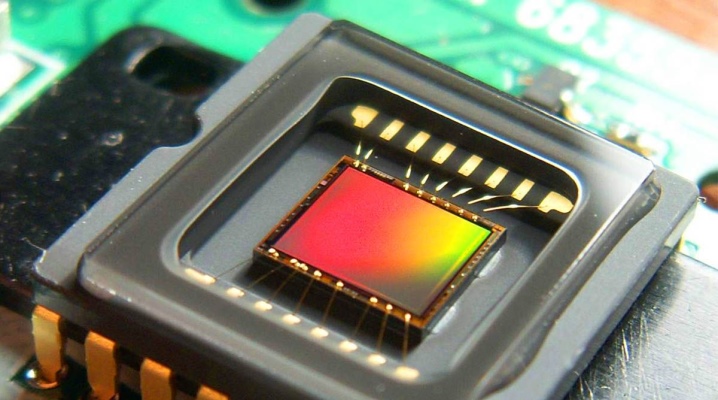
Over time, the matrix of any camera becomes unusable due to the accumulation of small particles and dust on its surface. You can notice this by the loss of color in the pictures, as well as by the appearance of small gray spots. If a similar problem is found, it is not necessary to discard the camera. It is enough to clean the matrix.
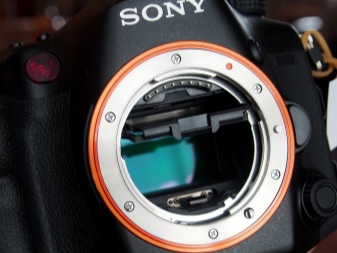
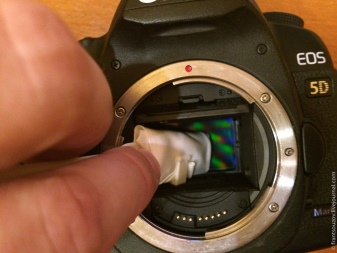
Why is this needed?
The dust itself does not pose any harm to the camera, if there is little of it. Small dust particles will be invisible in the photo and when examining the matrix. However, if noticeable gray spots appear in the frames, then in the future it will become very annoying.
Cleaning the sensor will restore the color of the photos and make them more detailed. With simple steps, any blemishes will disappear from the images, allowing you to enjoy fresh shots.


Checking the camera matrix
To check if the sensor is dirty or not, a test shot should be taken. It is recommended to take a photo using a clamped aperture at the lowest ISO settings. It is also important that the background of the photo is solid.
Such actions will help determine the amount of all dust that has accumulated on the surface of the matrix. This will make the cleaning process easier.
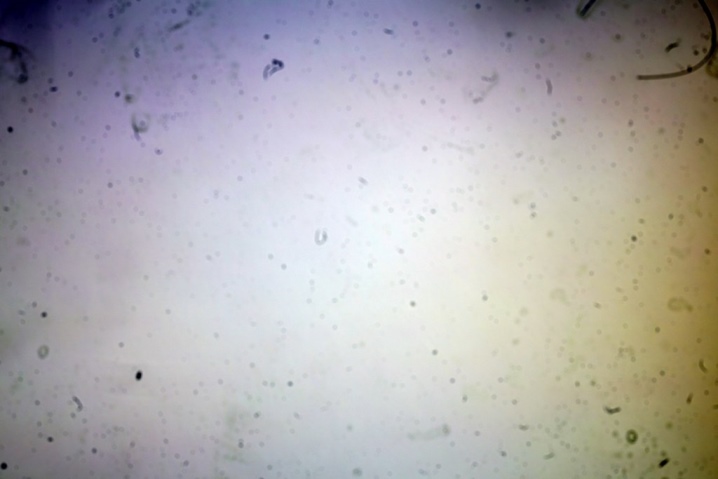
DSLR owners should consider the following point: the mirror in the structure of the device displays the image upside down. Thus, the dirt that appears in the image at the bottom will be at the top.

What is necessary?
When the test photo shows the presence of dust, you can start cleaning. Before carrying out the main process, you should prepare the basic materials and tools.

Liquid
Plain water is unlikely to help correct the situation. You will need a special sensor cleaner. At the same time, she must:
- dry instantly;
- do not leave streaks;
- be clean.
The listed points are related to each other, since the liquid, with prolonged drying, can leave unpleasant stains. Choose the right cleaning agent responsibly. The most popular liquid is Eclipse E2, which is produced by PhotoSol. The only drawback of the product is that it is expensive. Therefore, if you wish, you can find cheaper analogs.
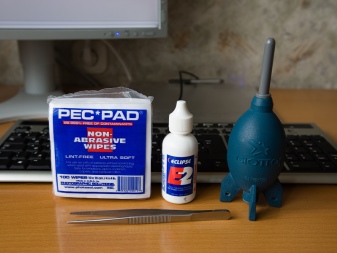
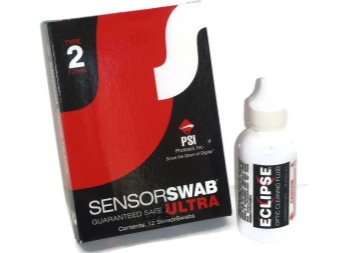
The liquid is needed to wet the mop, with the help of which the sensor of the matrix is cleaned. To wet the material, no more than two drops of a 15 ml bottle are required.

Mop
A key tool for carrying out the cleaning procedure. Represents a miniature mop. It can be purchased either as a single copy or as a set, which provides 6-12 pieces of such cleaning tools.
One mop will be required to clean the camera if the case is not running. In some situations, the flow rate can increase to two.
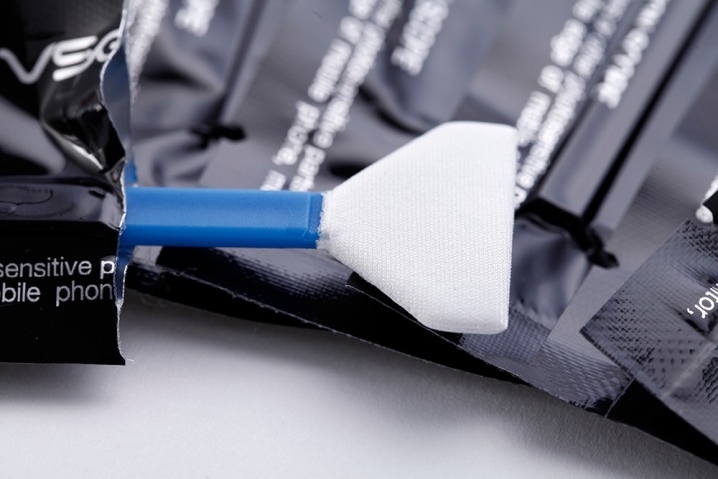
The key feature of these mops is that they come in a variety of sizes.
There are two groups of cleaning tools:
- mops for cleaning apsc dies (product width is 16 mm);
- mops for cleaning full-format matrices (width - 24 mm.)

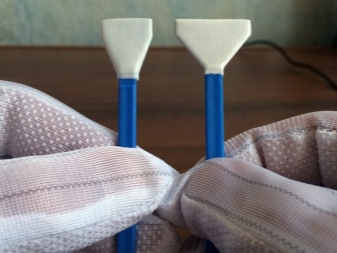
The best option would be a tool from Photosol. Also, many people recommend buying VSGO mops. Cleaning with a mop involves the following steps.
- First, drip 2 drops of cleaning liquid onto a small brush.
- Next, place the squeegee almost on the edge of the matrix and press the tool tightly to the surface. In this case, it is important to ensure that there is no strong pressure, otherwise the material may crack.
- Then you need to slowly and smoothly move the mop from left to right. When the brush reaches the edge of the die, it is necessary to stop, but the tool does not need to be lifted.
The last step is to reverse the movement of the brush. You need to drive at the same pace, without pressing on the sensor.

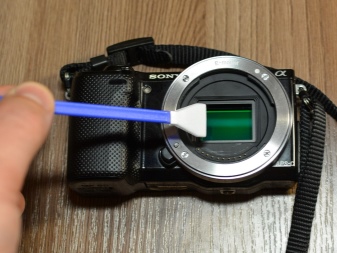
Pencil
It is a special product, at the end of which a special tip is installed. The tip surface is covered with graphite and has a triangular shape. The cleaning process is the same as removing dust from a lens or lens. The owner of the camera will need:
- place a pencil in the center of the matrix;
- using rotary movements, gradually increase the diameter of the cleaning circle, reaching the edges;
- clean the edges of the sensor and remove the pencil.
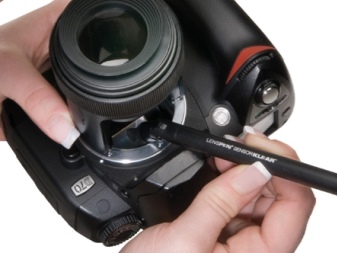

The advantage of the pencil body is that it can bend up to 35 degrees closer to the tip. Thus, cleaning becomes more convenient and efficient. After the tip of the pencil has gone over the matrix, you need to put a cap on it and rotate it 180 degrees. This will clear the collected dust from the surface.

Sets
If you don't want to buy each instrument separately, you can buy a whole set. It provides for:
- pear for cleaning;
- pencil;
- mop;
- illuminated magnifying glass.
The procedure is carried out in the same way as described earlier. The only advantage of the kit is a magnifying glass, which allows you to determine the area where there is a large amount of dust.


If necessary, you can clean the matrix from dirt with your own hands at home.
The advantage of this option is to save money and time to visit the service center. In addition, the process is straightforward as long as the necessary tools and materials are at hand.
The disadvantages of home cleaning include allowing more dust to pass to the sensor, as well as deformation of the sensor surface in case of careless handling. Therefore, if it was decided to rid the matrix of dust on its own, then the procedure should be taken responsibly.
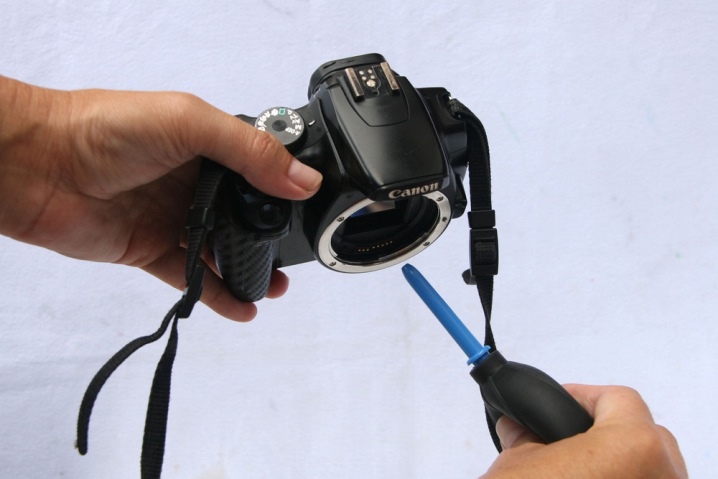
Instructions
Cleaning the photosensitive element is a process that takes time and patience. Today there are two ways to remove dust and dirt. Each of these methods is worth considering in detail.
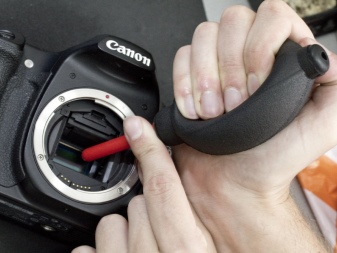
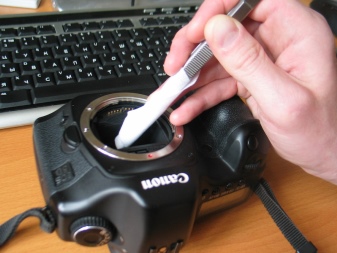
Automatic
Provided in most modern cameras. Such a procedure can be carried out once, when the need arises. Also, if desired, you can set a regular cleaning mode when the camera will turn on and off.
Experienced camera owners recommend choosing devices that have a similar mode. During cleaning, the chamber begins to vibrate, which causes fine dust particles to leave the surface of the matrix. The method is considered to be quite effective.
The disadvantage of this method is that after a while you will still have to resort to manual cleaning.
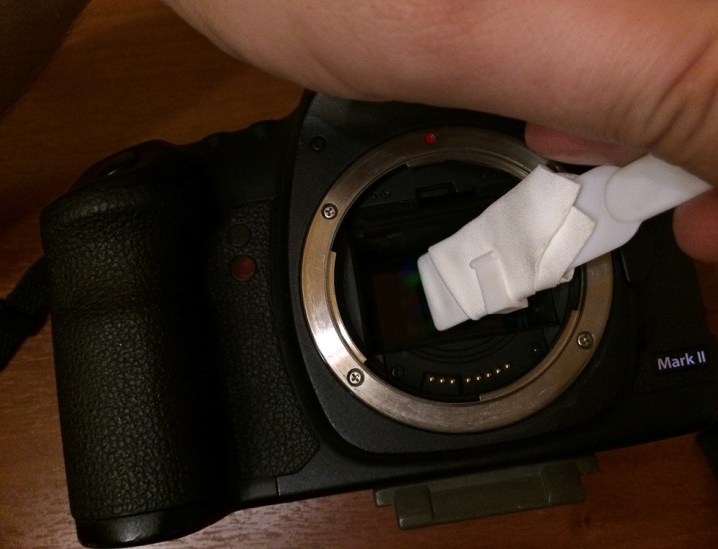
Automatic - only temporarily allows you to get rid of this need.
During the procedure, you must take care of the correct positioning of the camera. It is important that the die is installed perpendicular to the ground. Then it will be possible to direct the flight of dust particles to a special device - an adhesive strip. It is located at the bottom of the camera.
Stable operation of the automatic cleaning mode will avoid manual procedures for several years. However, if debris is stuck to the sensor, you will need to use a mop or pencil.
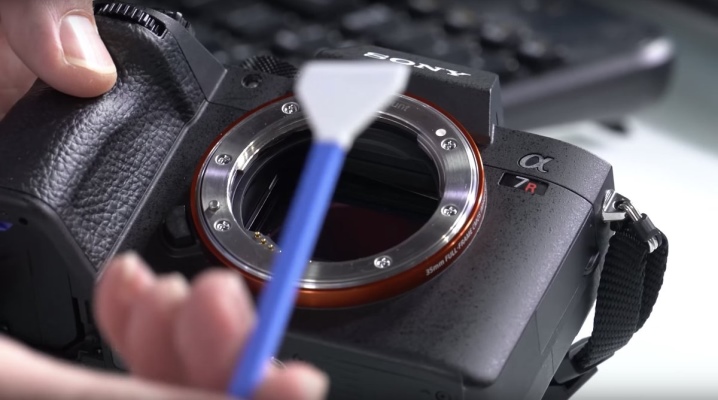
Manual
To begin with, it should be noted that this method of cleaning equipment is not suitable for all models of cameras. For example, Nikon recommends that you skip the DIY procedure and seek professional assistance.
Carrying out manual cleaning requires a responsible approach from the owner of the equipment. There are no particular difficulties in removing dust if you take care of purchasing special tools in advance: a mop, a pencil or a suitable set.
It is noteworthy that the matrix sensor is made of durable materials... Therefore, light pressure on the cleaning tool will not damage the coating. It is recommended to carry out work in the least dusty room - bathroom or kitchen. Additionally, wet cleaning of the room should be carried out so that the process is as efficient as possible.
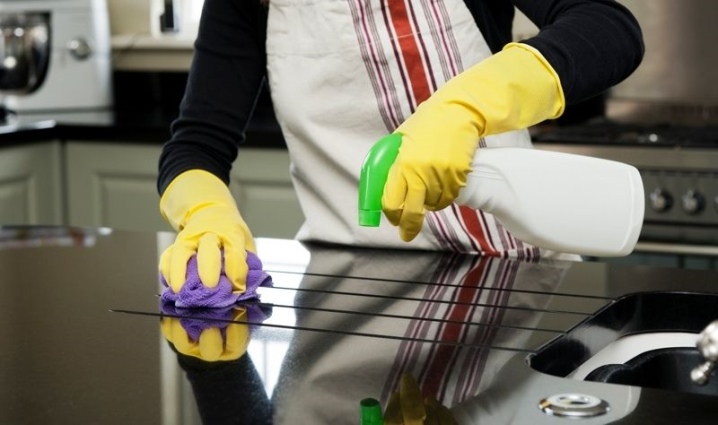
Manual cleaning is carried out in stages.
- First, the optics are disconnected from the camera, and the mirror up mode is turned on.
- Then change the position of the device so that the bayonet is at the bottom.
- The third step is to bring an air bulb to the opening. It is important that the inside of the pear is clean. If there is dust in it, then it will not be possible to clean the matrix, it will only get worse. It is also worth making sure that the bulb does not touch the surface of the sensor.
- After the preparatory cleaning, a test shot is taken. If the picture is of high quality and there is no dust on it, then the procedure is stopped. If with the help of a pear it was not possible to completely get rid of the dirt, then they continue to work.
- Further, a brush is used to deal with dust. It is carried over the matrix from left to right, and then vice versa. In this case, before use, the brush must be cleaned of dirt and small dust particles. If a narrow brush is used for cleaning, then the procedure should be repeated more than 1 time.
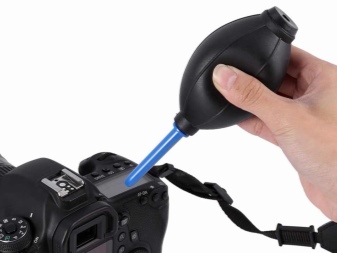

It is worth noting that in some situations neither a pear nor a brush can help.
Such cases arise when not dust is found on the surface of the matrix, but hardened dirt or grease.
A mop must be used to clean the sensor from serious contamination. The brush is moistened with a small amount of liquid, and also wrapped in a thin layer of microfiber cloth. The tool width must be the same as the sensor. Use a mop until the stains have completely disappeared from the surface.
When the matrix cleaning is completed, it is necessary to lower the camera mirror and install the optics in place.

Prevention measures
To prevent cleaning the sensor from becoming a routine and not carried out too often, you should reduce the likelihood of dust getting on the surface of the sensor. A few simple rules will help with this:
- it is recommended to change the lens as often as possible;
- in the process of changing the lens, it is necessary to tilt the camera with the mount downward to prevent the accumulation of dust;
- if possible, you should avoid changing the lens on the street (especially important if a dusty wind is blowing);
- it is not recommended to change the lens in rainy weather, as drops may get on the sensor.
To prevent the camera matrix, you should regularly arrange "dry cleaning" so that you do not have to deal with heavy dirt.

Expert advice
Experienced photographers and specialists working with this type of equipment do not recommend using a medical bulb to purge the matrix. This is explained by the fact that talc may be inside it, which can worsen the situation.
The matrix should be cleaned with the utmost care, since we are talking about ultra-precise electronics. Rough movement may scratch the surface. If something goes wrong during cleaning, it is recommended that you contact a service representative for help.
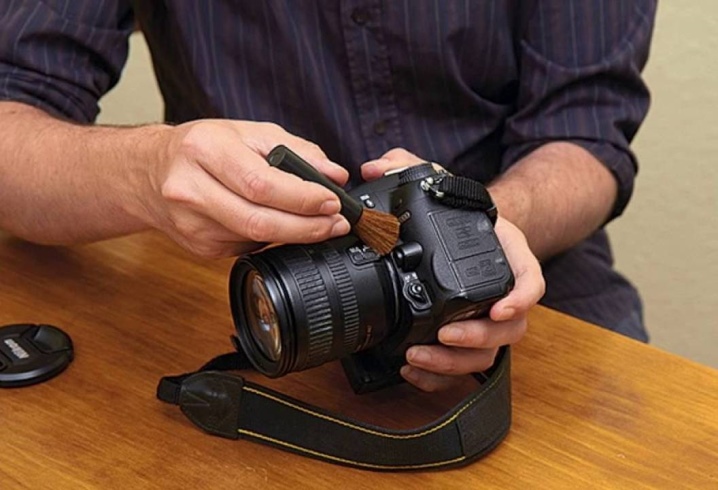
How to clean the camera sensor, see below.













The comment was sent successfully.